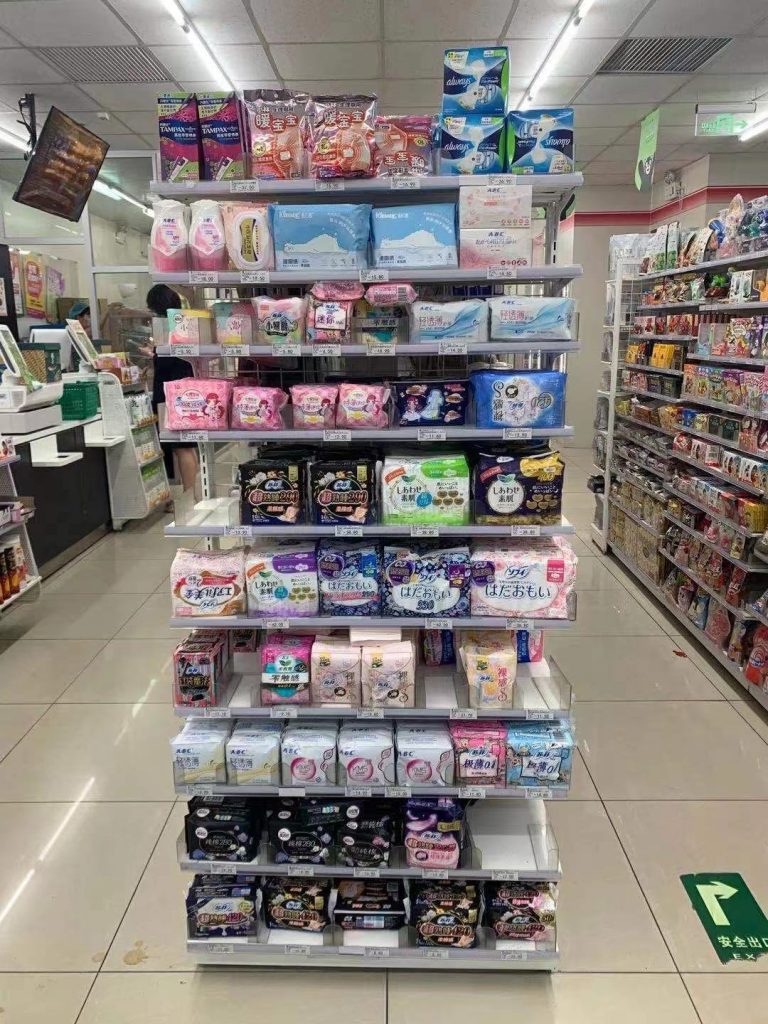How many times have you heard a period described as a girl’s first step into womanhood? How much of the period content you see, whether product advertising or media mentions, is catered exclusively to women?
These days, many people like Eunsoo Amy Han, who was the focus of the previous Period Talk article, are working hard to break down the stereotype that periods are dirty, shameful, or need to be covered up. In fact, some even celebrate menstruation as empowering, proving just how unstoppable women are.
However, in this celebration, many people who don’t identify as women are excluded. Over WeChat, I spoke to a friend of mine, Jasper*, who was assigned female at birth, uses he/they pronouns, and identifies as transmasc nonbinary. (Transmasculine people were assigned a female gender at birth but identify with a more masculine one). He told me pretty much all of the period advertising and marketing content he’s seen is directed at women, and they’ve never come across any gender-neutral period products. They also said all the sex education and parent talks they’ve had were focused on females, and that, when doing online research, all the articles he found were on women’s health blogs, even if they use gender-neutral terms.
“It honestly makes me really uncomfortable, whenever I’m on my period, it feels like, because of it, I won’t be viewed [as]who I really am,” Jasper confessed. And with the heavy focus on women in period content, it’s easy to assume that everyone who has a period is a woman and all women have periods, which is a harmful misconception. Many trans, nonbinary, and genderqueer people menstruate, but don’t identify as women; and many women don’t have a period due to menopause, birth control, or a variety of other reasons.

On the opposite end of the spectrum, it’s important to provide period education to people of all genders, including boys. In middle and high school sex ed, boys and girls are often pulled into different rooms halfway through the class to discuss topics like erections and periods. And while it’s true that this separation can help avoid the embarrassment that comes with talking about these topics in front of the opposite sex, it’s important for boys to know how periods work.
Also over WeChat, I interviewed another friend, William*, who identifies as a cisgender man, meaning his gender identity matches the gender he was assigned at birth, and who uses he/him pronouns. Will told me that although he’s had a more extensive education on menstruation than most boys his age, it was largely general information and scant on specifics. He also said that he doesn’t know much about how to support those close to him while they’re on their periods, but would like to be able to help out more.
After this introduction, I asked Will a few questions about how he thinks periods work. He replied, “…It’s a cycle [that]contains an ovulation period and then the actual period where an egg is released, which is what causes so much pain.” While I was somewhat impressed that he knew about ovulation, his information was still incorrect. Ovulation is, in fact, the stage of the menstrual cycle in which an egg is released from the ovaries, not the actual period. The period is when the egg leaves the body, as well as the uterine lining, which is the tissue that the uterus has built up during the last menstrual cycle.
Returning to how the female-centric period industry excludes trans, nonbinary, and genderqueer people, even period products like pads and tampons are euphemized as “feminine care products” which excludes non-female people who menstruate. And while gender-segregated sex education can avoid embarrassment, it more often leads to boys being uninformed about periods. No matter who’s involved in the discussion, it’s important to create an environment where no one’s voices are left out, and everyone feels comfortable learning.
Keep an eye out for more Period Talk in this ongoing series.
*Names were changed for privacy.
KEEP READING: Period Talk: According to Students, It’s About Bloody Time
Images: Charlie V., Pexels




